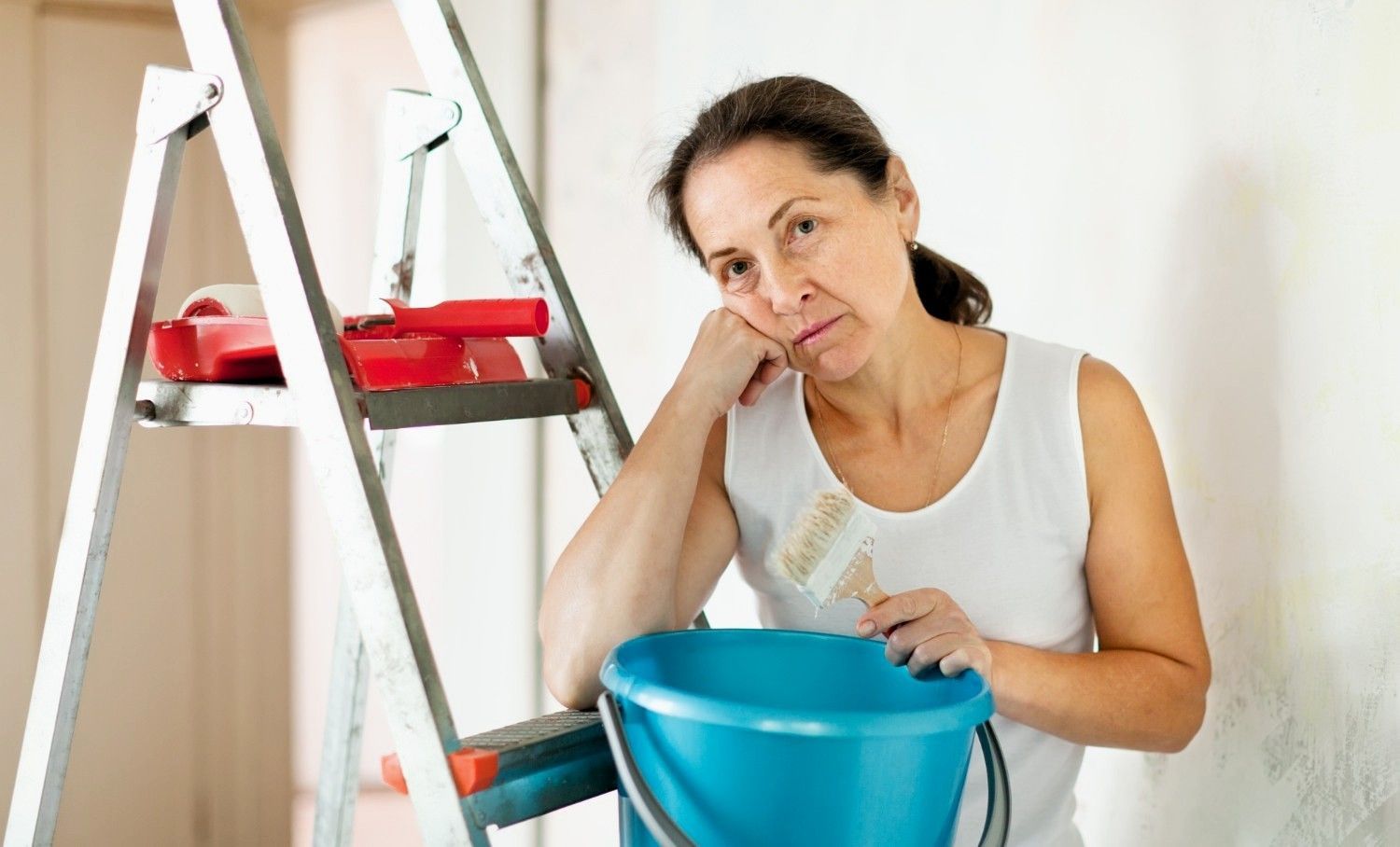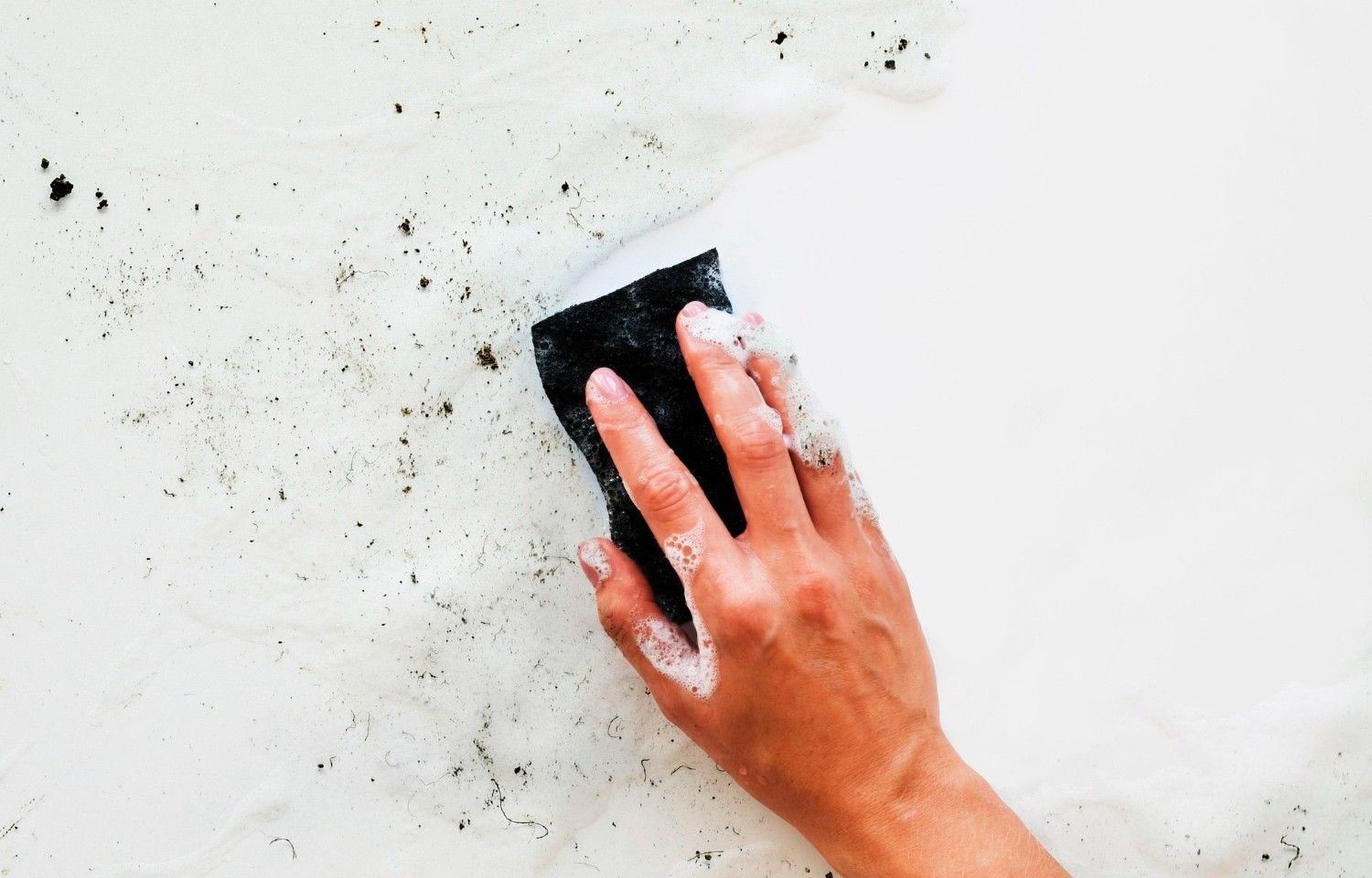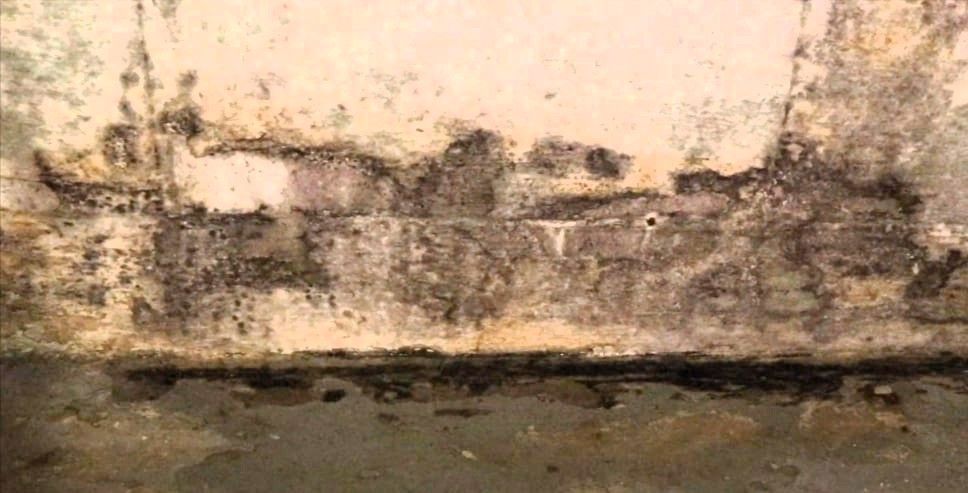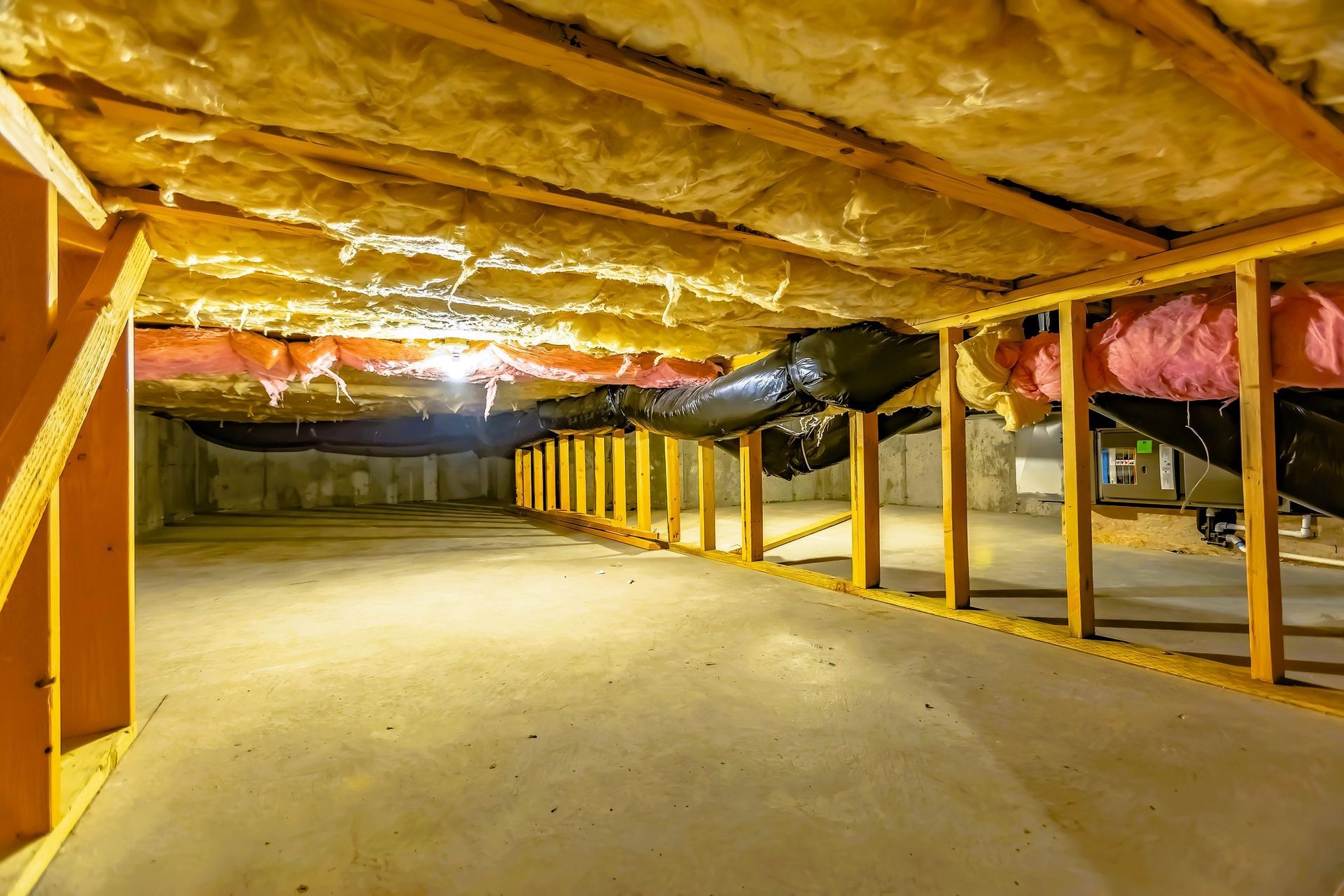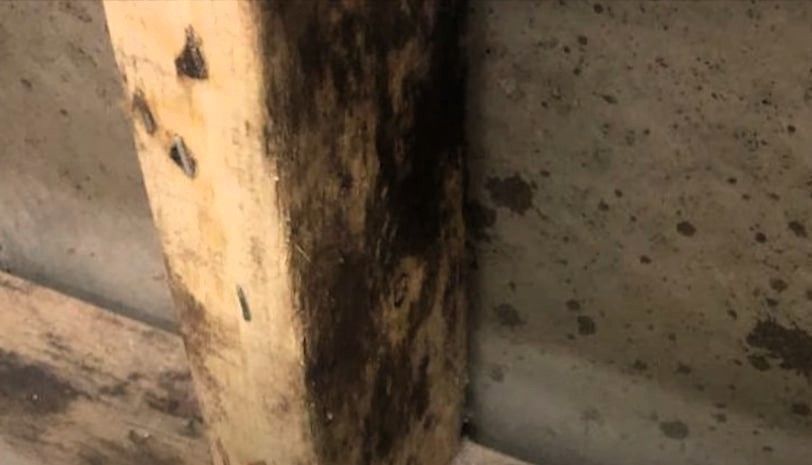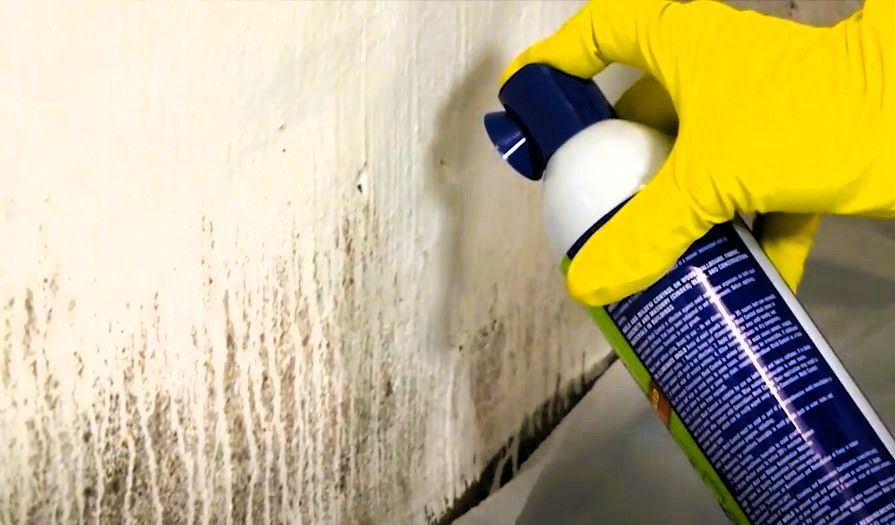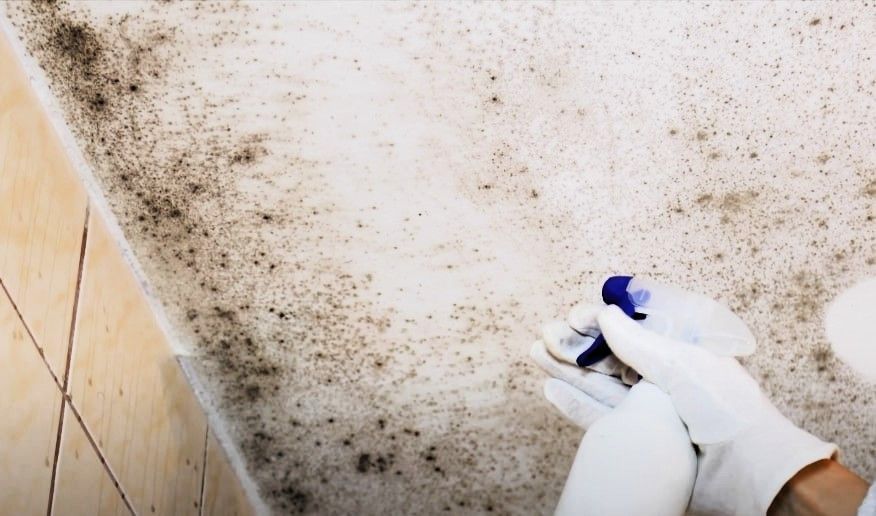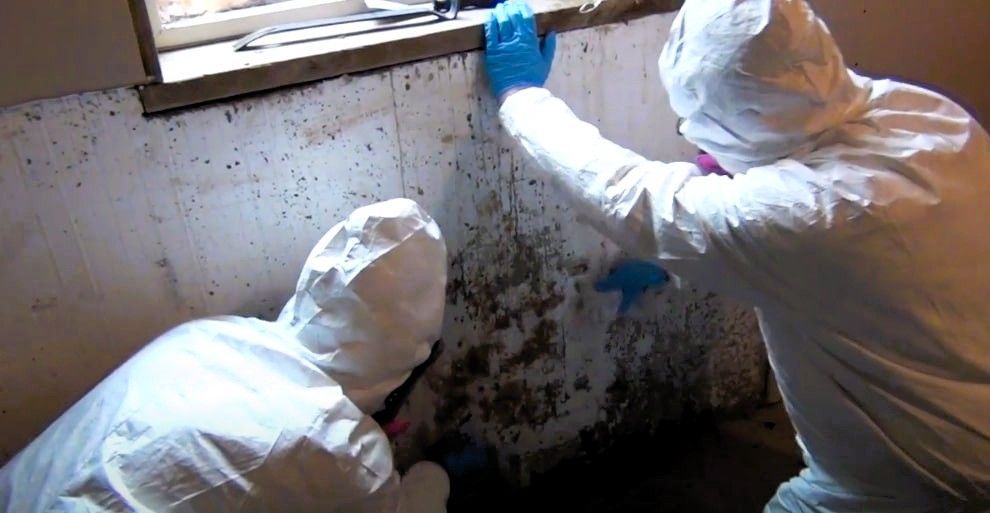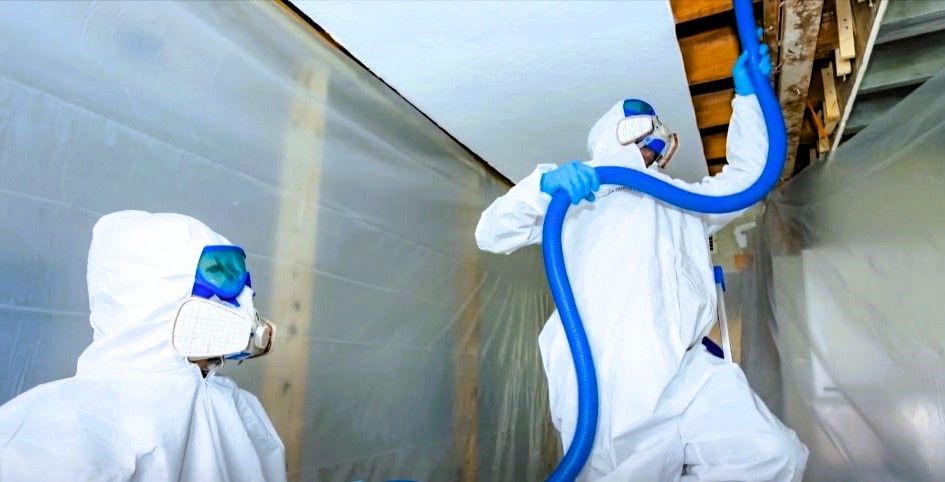Do You Still Need to Remove Inactive Mold? Yes, and Here's Why
Protect your home and health with proper mold removal
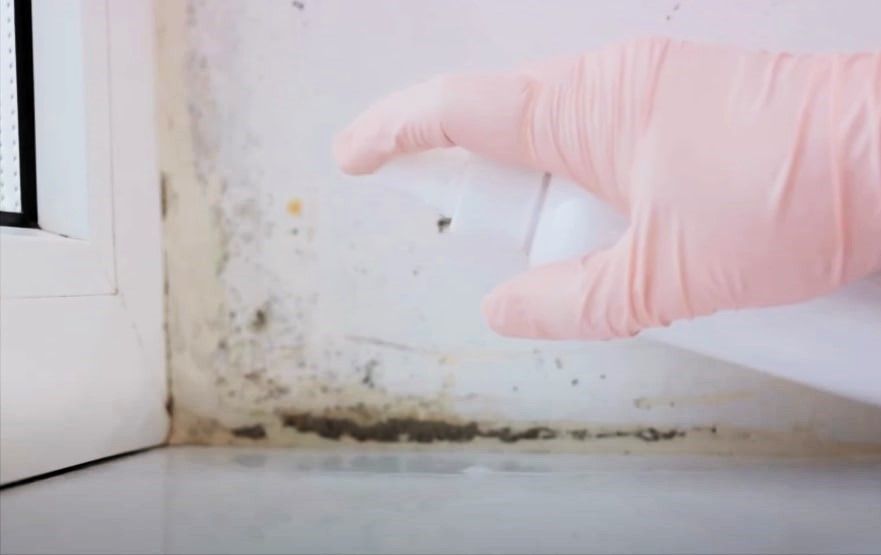
Mold – just hearing the word can make any homeowner shudder. It's that annoying, ugly stuff you find in damp spots on your ceilings and walls, and yep, it's as bad as it sounds. Mold can wreck your house's structure, burn a hole in your wallet with repairs, and worse, mess with your family's health.
But what if you come across mold that's not spreading its evil spores everywhere? Is it still something to worry about? Absolutely, yes. In this blog post, we'll explore why even the mold that's just chilling there needs to be taken seriously. We'll also share some tips on how to kick it out and keep your home and health in tip-top shape.
Understanding Mold Growth and Activity
To get why inactive mold is still something to worry about, you have to understand mold's behavior. Mold spores permeate the atmosphere, drifting aimlessly until they find a warm, moist niche to colonize. Once they find their perfect spot and the conditions are just right, these spores start to grow into this web-like thing called mycelium.
Mold becomes inactive when it stops getting what it needs to grow—usually, this is because there is not enough moisture or food around. When this happens, the mold doesn't die off completely. Instead, it just goes dormant until favorable conditions return. Inactive mold can stay like this for years with little to no change in appearance. But that doesn't mean it's harmless.
The Problem with Inactive Mold
While inactive mold may appear harmless on the surface, it's important not to underestimate its potential impact. Let's explore why it still poses a significant concern and how addressing it promptly can safeguard your environment:
- It's still viable: Inactive mold spores can remain viable for many years, waiting for the right conditions to grow again. They're just as capable of causing damage and health issues as actively growing mold.
- It's damaging: Inactive mold continues to degrade the materials it grows on. This can lead to structural damage, and in the case of porous materials like drywall and wood, the damage can be significant before you notice any visible signs.
- It's unsightly: While not usually at the forefront of concerns, the aesthetic of your home taking a hit due to patches of mold can greatly impact the value and your enjoyment of the space.
Health Risks Linked to Mold Exposure
Mold exposure can lead to a variety of health problems, including:
- Allergic reactions: Mold is a no-go for some people, causing sneezing, itching, and watery or red eyes.
- Respiratory problems: If you're around mold too much, it could make asthma worse or set it off. Plus, if your immune system isn't top-notch or you've got lung problems, you're more likely to get lung infections from mold.
- Toxicity: Some molds are bad news because they produce mycotoxins, leading to more serious health problems. It's easier to tell these molds apart with the right tests, even though they're rare.
The Importance of Proper Removal
The health risks explained above highlight the need for professional and thorough mold removal. Proper removal ensures that all active and inactive mold is completely eradicated, limiting the chance of recurrence and potential health implications.
DIY Mold Remediation – Things to Consider
If you're considering a do-it-yourself approach to mold removal, here's what you should keep in mind:
- Safety first: Remember to gear up with the right protective gear—gloves, masks, and something to keep your eyes safe.
- Proper cleaning solutions: Not every cleaner out there can tackle mold. You've got to grab products that are made to knock out those mold spores.
- Ventilation: Ensure the area is well-ventilated to inhibit the spread of spores throughout your home. Seal the room if needed.
Expert Mold Removal – Knowing When to Seek Professional Help
Sometimes, the situation calls for professional intervention. Here are some indicators that it might be time to pick up the phone:
- Large infestations: If the affected area is more significant than 10 square feet, it's time to call in the experts.
- Concealed Mold: Should you suspect the presence of mold within your walls or other concealed locations, experts possess the necessary equipment to identify and address the issue effectively.
- Health Issues: If you or your family members are encountering health problems believed to be mold-related, it is advisable to seek a professional evaluation.
At Grand Rapids Mold Relief, we have the expertise, tools, and techniques to remove mold from your home safely and effectively. Our team can also spot potential issues and offer preventative solutions to stop mold from coming back. Avoid the risks of mold - reach out to us now for professional removal solutions.
Mold Re-Growth Prevention – Your Optimal Strategy
The adage "prevention is better than cure" rings especially true for mold control. To keep mold at bay, consider these effective strategies:
- Moisture Management: The cornerstone of mold prevention lies in moisture control within your home. Address leaks promptly, utilize exhaust fans in high-humidity areas like bathrooms and kitchens, and ensure adequate ventilation throughout your living spaces.
- Opt for Mold-Resistant Products: For areas frequently exposed to moisture, such as bathrooms and basements, using mold-resistant materials during any renovations or repairs can offer an additional layer of protection.
- Consistent Inspections: Integrating mold inspection and prevention into your regular home maintenance schedule can prevent mold from gaining a foothold. Early detection of mold can significantly reduce both remediation costs and efforts.
The Takeaway
To sum up, mold, active or not, is bad news for your home and everyone living in it. Stay ahead of the game by understanding mold and its detrimental effects. Ensure you take the necessary steps to eliminate it and prevent its return, maintaining a healthy environment.
Think of it this way: spending a bit to prevent mold is nothing compared to what you'd spend fixing the damage or dealing with health problems it can cause. Let's keep our homes safe, healthy, and free of mold.

